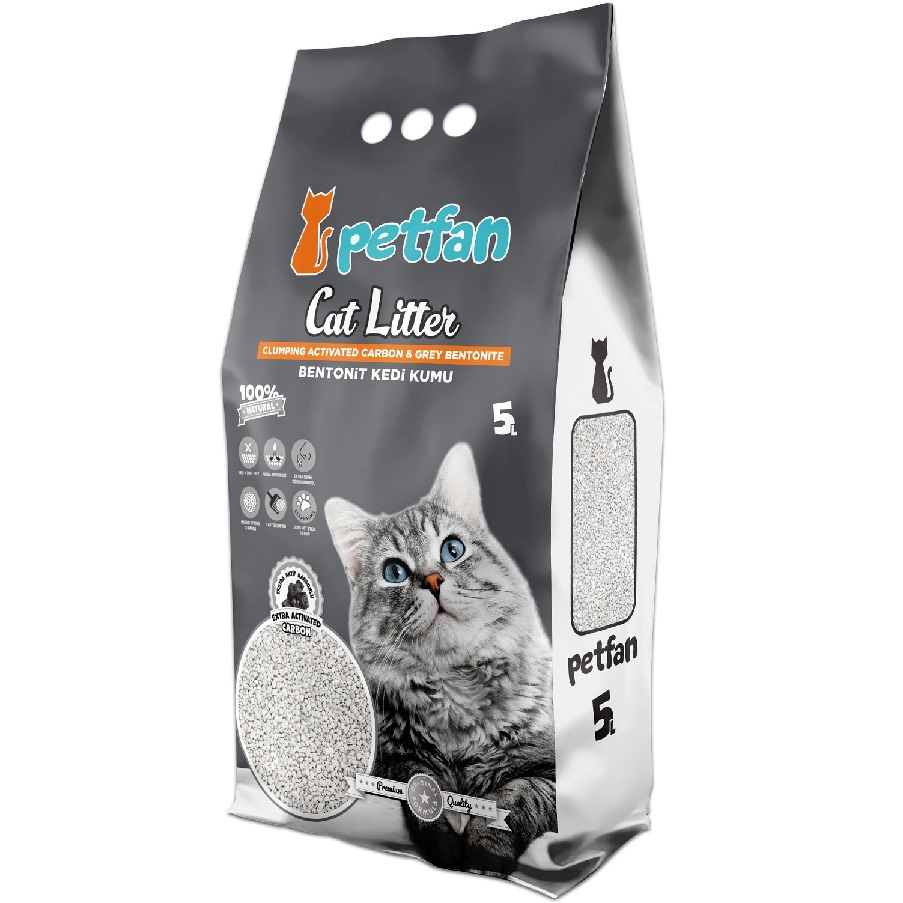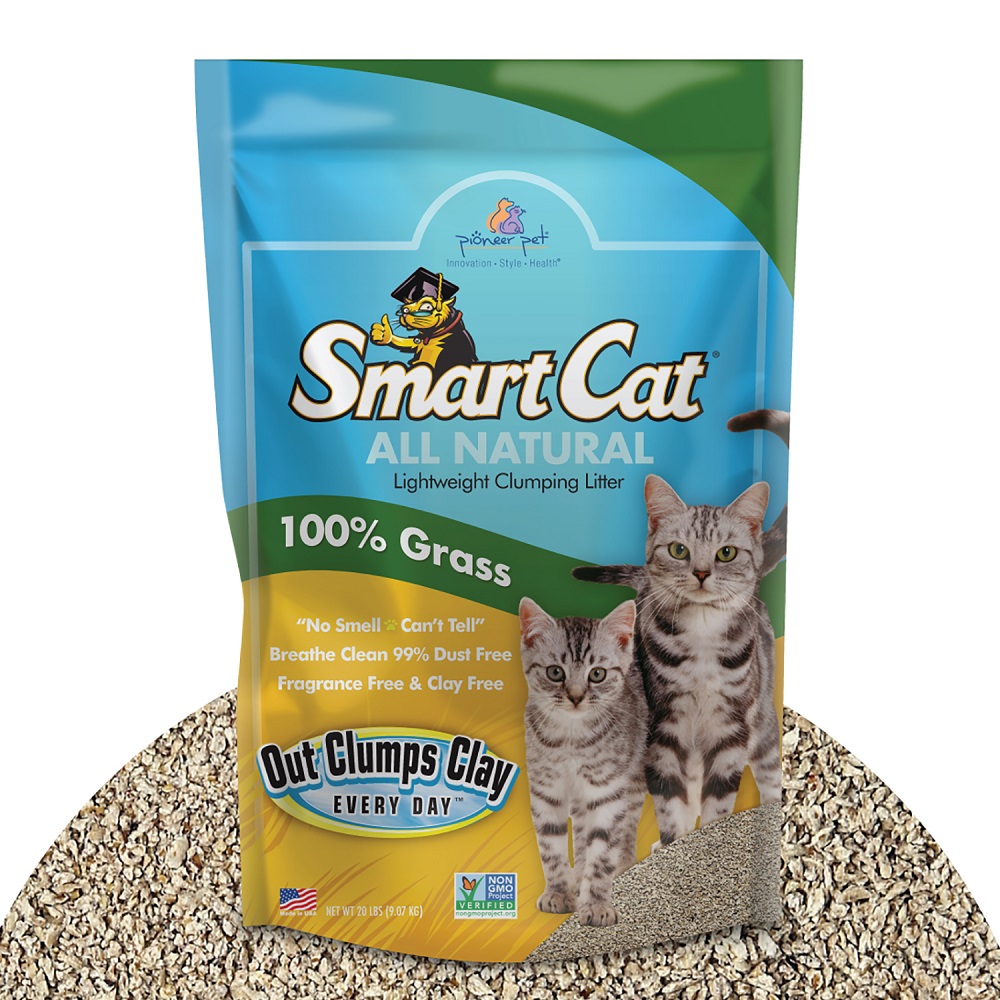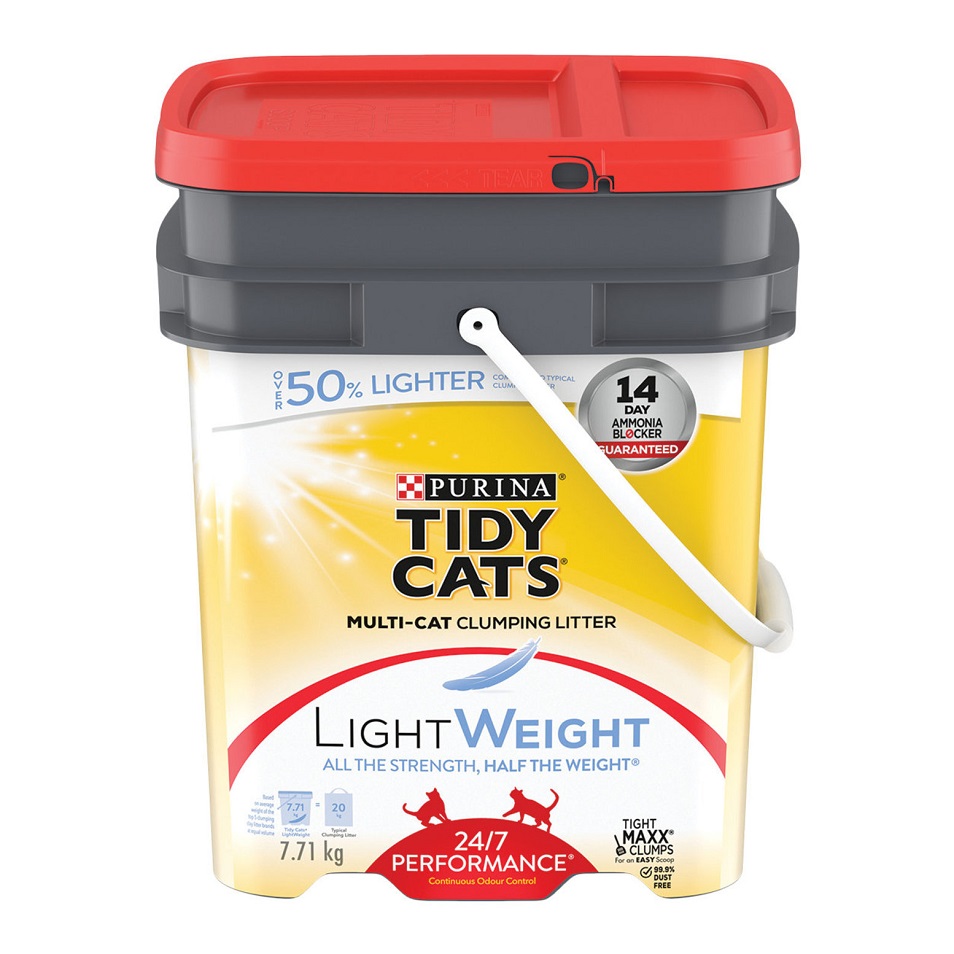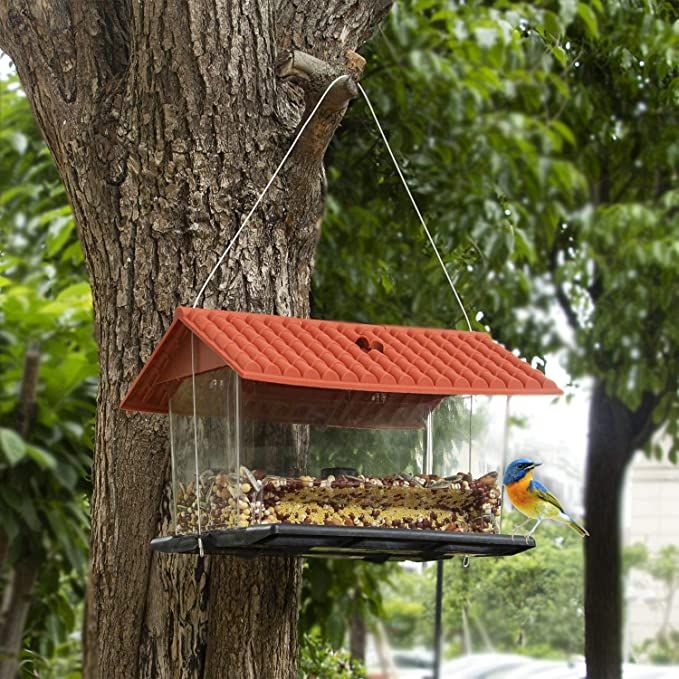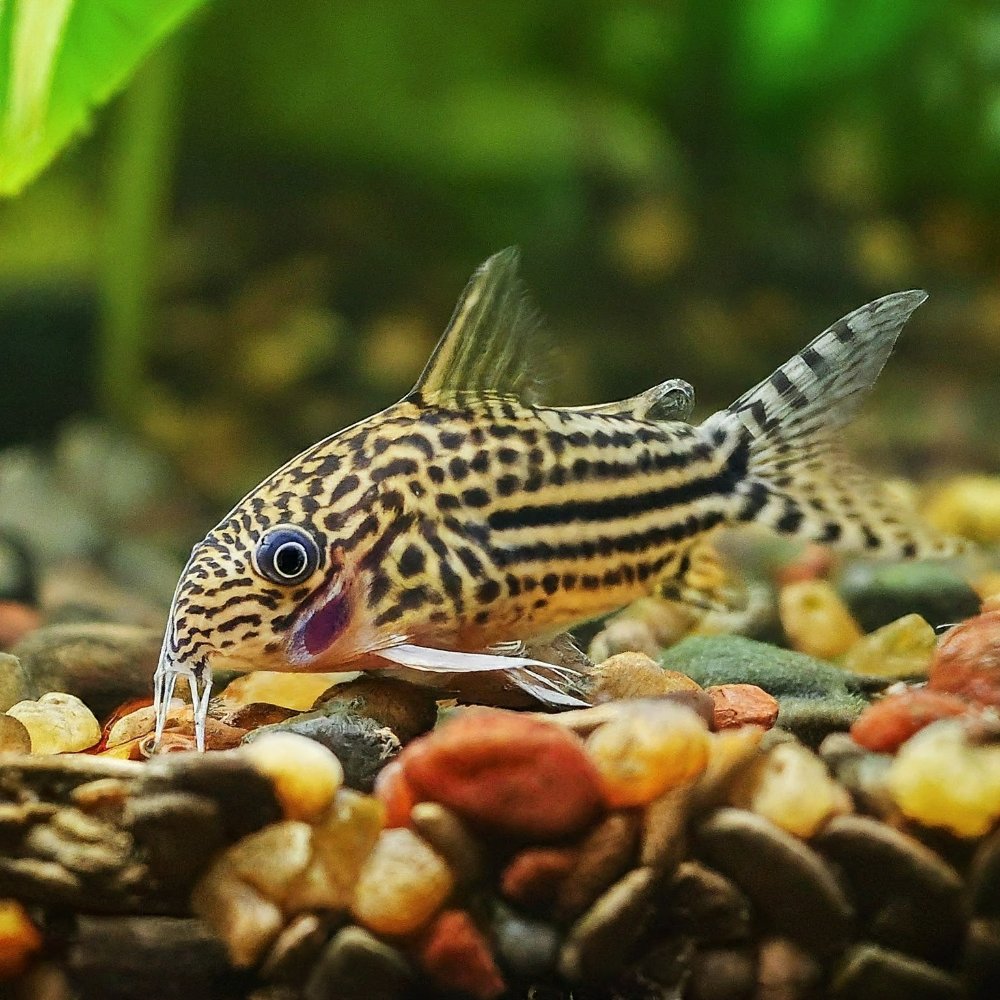Introduction to Flushable Cat Litter
The concept of flushable cat litter has gained traction as cat owners look for convenience in pet waste management. However, understanding what sets flushable litter apart from traditional options is crucial.
What is Flushable Cat Litter?
Flushable cat litter is typically made from biodegradable materials such as corn, wheat, paper, or wood. This type of litter is meant to be disposed of in the toilet, breaking down more easily than typical clay-based litters in water. It’s designed to simplify the process of litter disposal for cat owners.
Marketing Claims vs. Reality
While flushable cat litters are marketed as a safe and convenient option for waste disposal, the reality is more complex. Despite being made from materials that are friendlier to plumbing, the promise of truly flushable litter often falls short. Potential risks to both plumbing and the environment raise questions about the safety and practicality of this disposal method.
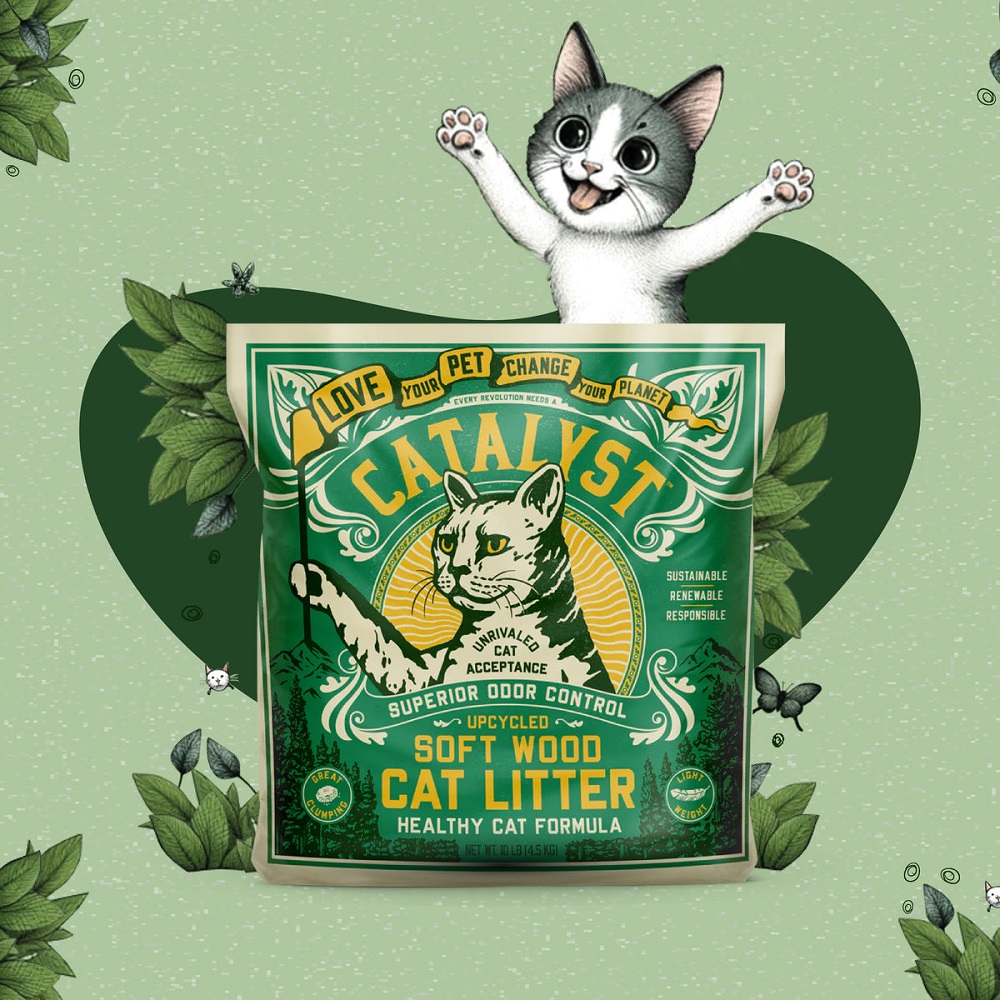
The Risks of Flushing Cat Litter
Flushing cat litter may seem handy. It poses real risks to plumbing and the environment. Be aware of these dangers before you flush. Here’s what you need to know.
Plumbing Blockages and How They Occur
When you flush cat litter, consequences often follow. Litter expands and clumps, blocking pipes and creating blockages. This disrupts your home’s plumbing. Even litters labeled ‘flushable’ might clump or fail to dissolve fully. This can lead to pricey plumber visits and possible emergency repairs. Older plumbing is at even greater risk, but newer systems are not immune.
Environmental Concerns and Public Health Risks
The environmental impact is also concerning. Flushed cat litter can carry harmful pathogens like Toxoplasma gondii, posing health risks. Such waste may reach the sea, harming marine life. It can also affect humans, especially those who are pregnant or have compromised immune systems. It’s important to handle cat litter with care. Wearing gloves and avoiding flushing can prevent these risks.
Types of Cat Litter and Their Properties
Choosing the right cat litter is important not only for your cat’s hygiene but also for home plumbing health. Let’s explore the different types and their impacts.
Clay-Based Litter and Its Impact on Plumbing
Traditional clay-based litters are quite popular. Their absorbent nature forms clumps that are great for scooping. However, they’re known to cause plumbing woes. When flushed, the clumps expand further, risking blockages. This can mean unexpected plumbing bills and the need for professional help. In essence, the common clay litter that many cat owners use has a high risk for causing clogs in home plumbing systems.
Biodegradable Litters: Corn, Wheat, and Others
Biodegradable litters are made from materials like corn, wheat, paper, or wood. They’re different because they break down easier than clay litters. These are often labeled as flushable. The idea is that they won’t harm plumbing as much as clay varieties. But, even though they’re better for the environment, they’re not perfect. Flushing biodegradable litter can still lead to plumbing issues. It also may not be good for homes with older pipes or septic systems. Overall, these litters are more plumbing-friendly than clay but should still be disposed of with care.
Disposing of Cat Litter: Best Practices
Proper disposal of cat litter is essential to prevent plumbing damage and protect the environment. Here are the best practices you should follow.
Recommended Disposal Methods
- Bag It Up: Place used cat litter in a plastic bag. Tie it securely before tossing it in the trash.
- Biodegradable Bags: Opt for biodegradable bags; they’re better for the environment.
- Official Waste Bins: Always use your local council’s waste bins for disposal.
- Never Flush: Avoid flushing cat litter, even if it’s labeled flushable.
- Compost Non-Clumping Litter: Some non-clumping biodegradable litters may be composted. Check the product guidance first.
Regular disposal avoids odors and maintains hygiene. Avoid flushing cat litter, as it risks blockages and environmental harm.
Why Daily Cleaning of Litter Boxes Matters
Daily cleaning of litter boxes is not only about smell. It also prevents health issues and keeps your cat happy.
- Prevents Disease: Regular cleaning reduces the risk of disease for you and your cat.
- Avoids Bad Smells: It keeps your home smelling fresh and clean.
- Stops Litter Tracking: Frequent cleaning reduces litter stuck to your cat’s paws, limiting spread.
- Encourages Use: A clean litter box is more likely to be used by your cat, avoiding accidents.
In summary, clean regularly, use the right bags, and follow local disposal rules. This keeps your home safe and odor-free, and preserves your plumbing and the environment.
Alternatives to Flushing Cat Litter
Seeking alternatives to flushing cat litter is vital for plumbing and environmental safety. Here’s what you can do instead.
Eco-Friendly Disposal Options
When not flushing, opt for eco-friendly disposal:
- Bamboo-based Litter: Bamboo litter is sustainable and less harmful than clay when discarded.
- Recycled Paper Litter: Paper litter is biodegradable and a great recyclable option.
- Green Waste Bins: Some areas provide green waste bins for compostable items, including certain plant-based litters.
- Service Subscription: Consider using a litter disposal service that uses environmentally friendly methods.
These options reduce the impact on plumbing systems and are kinder to the earth.
Products Designed for Composting
To compost, choose the right product:
- Compostable Cat Litter: Check labels to ensure the litter is safe for composting.
- Non-toxic Components: The litter should not contain chemicals or clays that harm soil.
- Compost Bins: Use a separate bin designed for pet waste composting.
- Professional Services: Some companies convert pet waste into compost safely.
Composting can be a great solution, turning waste into beneficial soil. However, never compost litter that contains feces due to health risks.
Regulatory and Local Sewage System Considerations
When it comes to disposing of cat litter, one must consider local regulations and the specifics of their sewage system.
Understanding Local Regulations on Litter Disposal
Local laws vary widely when it comes to flushing cat litter. Some areas strictly prohibit it. It is critical to know these rules to avoid fines. Always check with local authorities before deciding to flush cat litter. Doing so ensures compliance and protects community sewage systems.
The Role of Septic Tanks and Sewage Systems
For households with septic tanks, flushing cat litter can create major issues. Septic systems are not designed to handle cat litter, even if it’s labeled as flushable. The litter can disrupt the delicate balance of the septic tank. It can cause blockages and impair the system’s ability to break down waste. For public sewage systems, similar problems can occur. Cat litter, when flushed, may contribute to blockages and damage the infrastructure. Always consider the type of waste system you have at home. Rule out flushing as an option if it could cause damage or go against regulations.
Conclusion: The Verdict on Flushable Cat Litter
When we weigh the benefits against the risks, the verdict is clear. Flushable cat litter still presents risks to plumbing and environment. Options advertised as ‘safe for flushing’ often fall short when put to the test in real-world plumbing systems. The potential for blockage and environmental damage is too high to ignore. With this in mind, cat owners should opt for more sustainable disposal methods to maintain the health of their plumbing systems and protect the environment.
Summarizing the Safest Methods for Litter Disposal
In summary, the safest way to dispose of cat litter includes:
- Bagging the litter and placing it in the trash.
- Using biodegradable bags to lower environmental impact.
- Composting certain types of biodegradable, non-clumping litter that’s free of feces.
- Following local rules for waste disposal to ensure compliance and community safety.
Implementing these methods will ensure responsible pet ownership and environmental stewardship.
Final Thoughts on Protecting Plumbing and Environment
In closing, remember that the choice of cat litter disposal has far-reaching impacts. It affects our home’s plumbing health and the well-being of our planet. We must choose disposal methods that don’t harm pipes or the environment. Eco-friendly alternatives to flushing, such as bagging and proper trash disposal, can help accomplish this. By taking these steps, you guard against plumbing issues and contribute to preserving the ecosystem.
